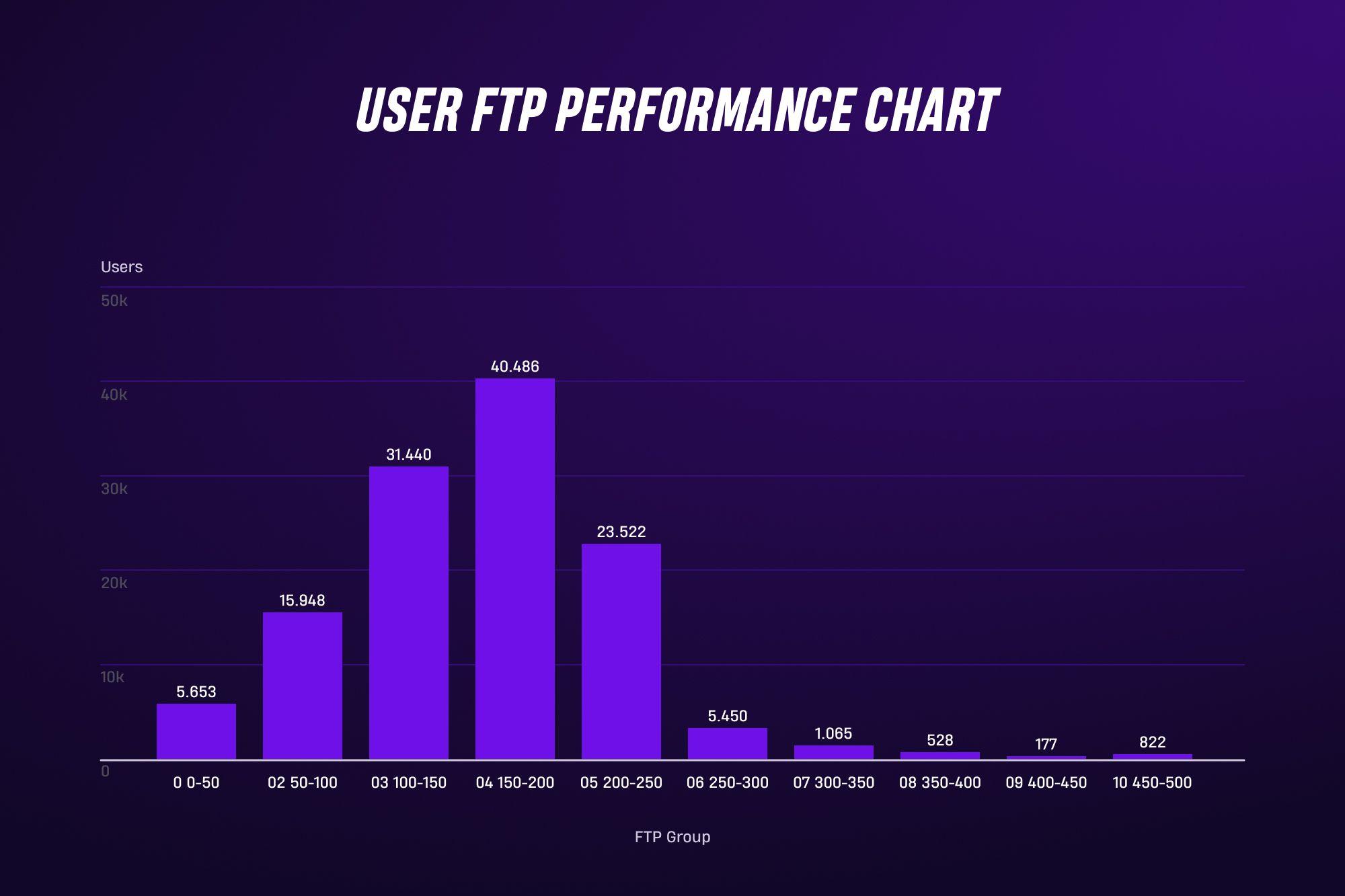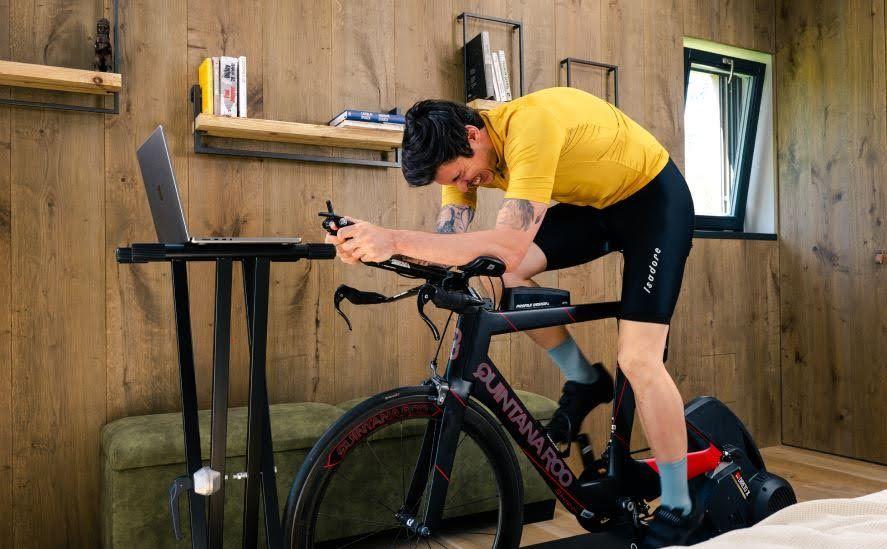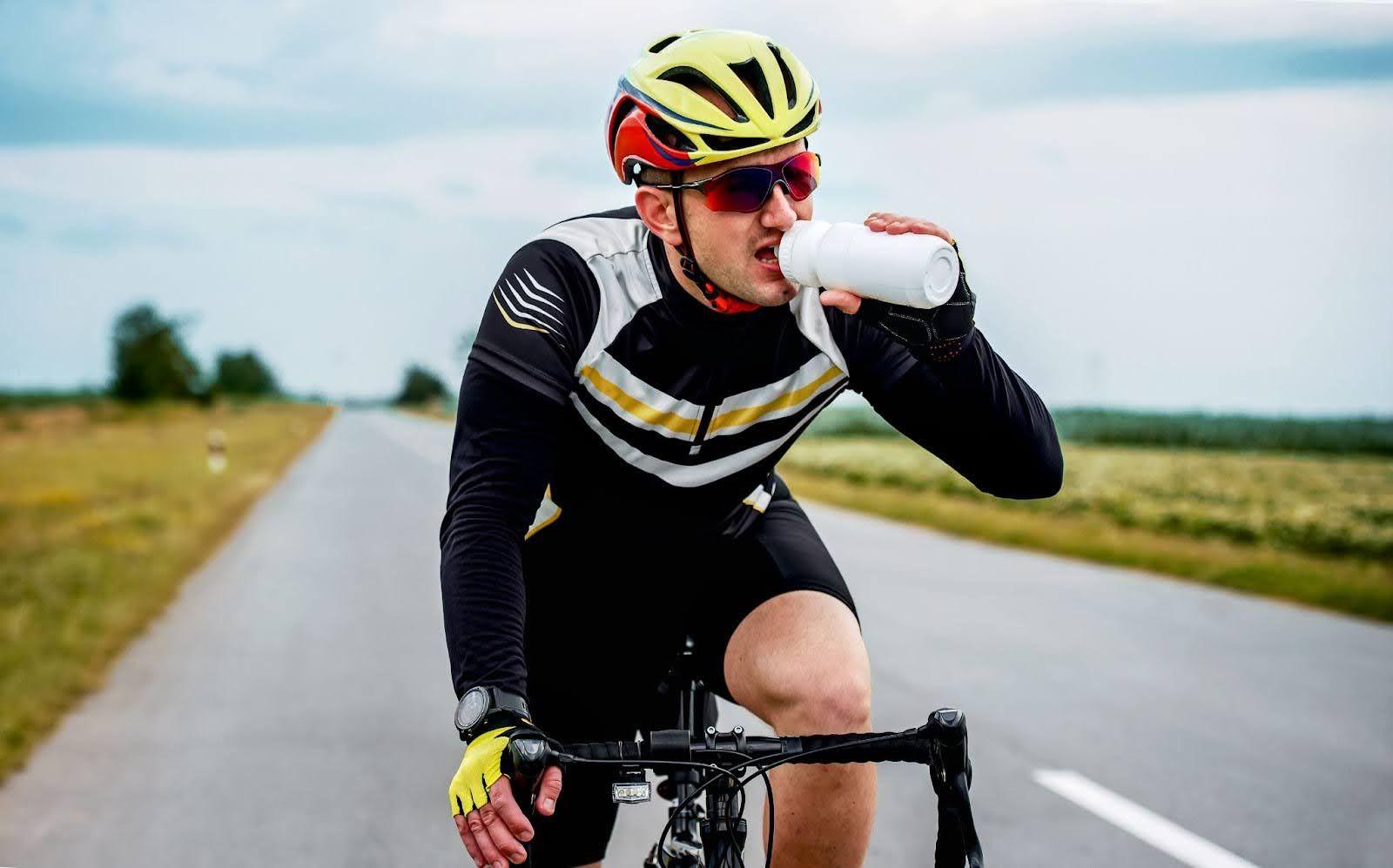Challenges in Understanding the Anaerobic Threshold
Already in the brief history lesson above, you may have noticed that the anaerobic threshold can be determined from blood lactate values, but also from ventilatory parameters such as oxygen consumption and carbon dioxide output. Since these are different physiological quantities, the results may differ. To avoid this, sports physiologists often measure both of these quantities during testing to determine the anaerobic threshold as accurately as possible. However, a problem may arise in the determination itself. More than 25 determinations of the anaerobic threshold can be found in scientific literature. It is challenging to precisely determine the anaerobic threshold because, even though definitions often speak of a breaking point, our body does not automatically switch to glycolytic or anaerobic metabolism. Almost always, our body uses both energy systems: aerobic and anaerobic. We produce lactate even at rest, just as we breathe in oxygen or exhale carbon dioxide, but the production and output ratio changes. Inigo San Millan, the coach of Tadej Pogačar (2x Tour de France winner), a highly respected scientist not only in the world of sports but also medicine and biology, has a beautiful definition that every pace is an athlete's threshold for a certain distance. You will hold a different heart rate or power during a time trial over 10 kilometres and, for example, during a 90-kilometre distance of a half Ironman. However, to accurately determine the pace, you need to know your anaerobic threshold or its equivalent FTP so that you have a metric from which you can derive training zones and monitor them during training.

Determining the Anaerobic Threshold
The simplest and most effective method is testing in a sports laboratory during a stress test, where a sports physiologist monitors ventilatory parameters or blood lactate concentration. Ventilatory parameters and blood lactate concentration are often monitored simultaneously to determine the anaerobic threshold and training zones more sensitively. If you cannot visit a specialized laboratory, home testing on cycling trainers is often used: RAMP test and 20 min FTP test. The disadvantage of these tests is that they do not have a strong scientific basis but work more on a mathematical principle. The 20-minute FTP test is derived from your predicted 60-minute maximum performance, meaning that the average power during the test is multiplied by a coefficient of 0.95. The tests do not take into account what is happening in your body. This does not mean that you should not do these tests. For a beginner or moderately advanced cyclist, these tests can be a very good control of their performance growth and a basic setting of training zones.

Practical Advice: Don't Forget the Feeling
In addition to data from blood lactate concentration, ventilatory parameters, heart rate, or performance, we should not forget our feelings or perceived effort, which often has the same informative value as physiological metrics, if not even higher. The scale of perceived exertion is usually scaled from 6 to 20, with 20 representing the maximum level of effort. The number 15 is often associated with demanding interval training and intensity just below VO2 max. According to a 2013 study, perceived effort from 12 to 14 largely correlates with the anaerobic threshold.
REFERENCES
https://www.dictionary.com/browse/threshold
https://pubmed.ncbi.nlm.nih.gov/16994099/
https://pubmed.ncbi.nlm.nih.gov/4723033/
https://physoc.onlinelibrary.wiley.com/doi/ftr/10.1113/JP279963
https://link.springer.com/article/10.2165/00007256-200939060-00003
https://pubmed.ncbi.nlm.nih.gov/22615009/
Author: Leo Lendvorsky
Mgr. Leo Lendvorsky, PhD, is a renowned sports training analyst and former 800-meter Slovakian national runner. With a PhD in Sports Kinanthropology from FTVŠ, he has contributed to research on physical activity's impact on intestinal microbiota. Leo has over 9 years of experience coaching runners, from hobbyists to performance athletes.












